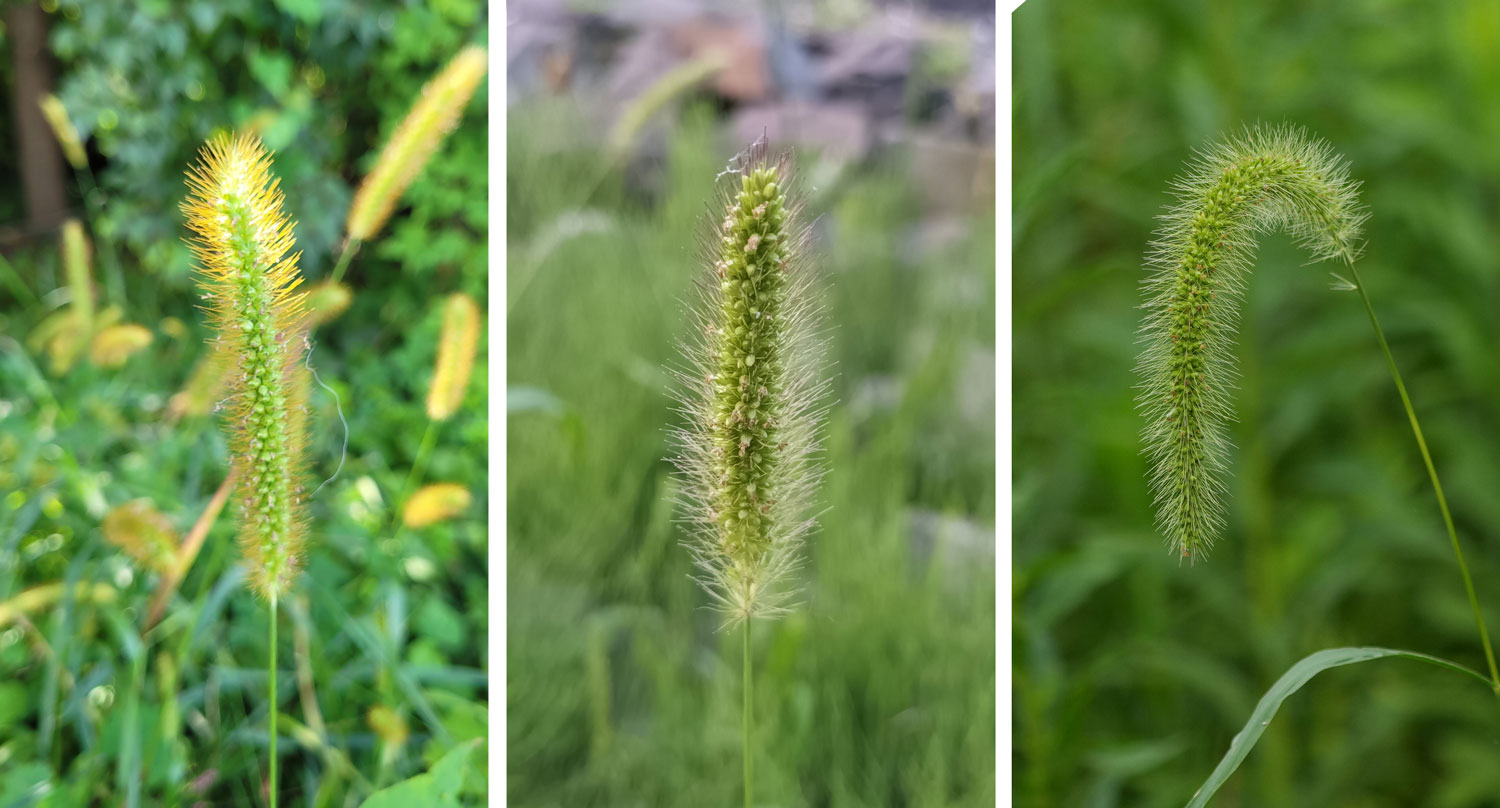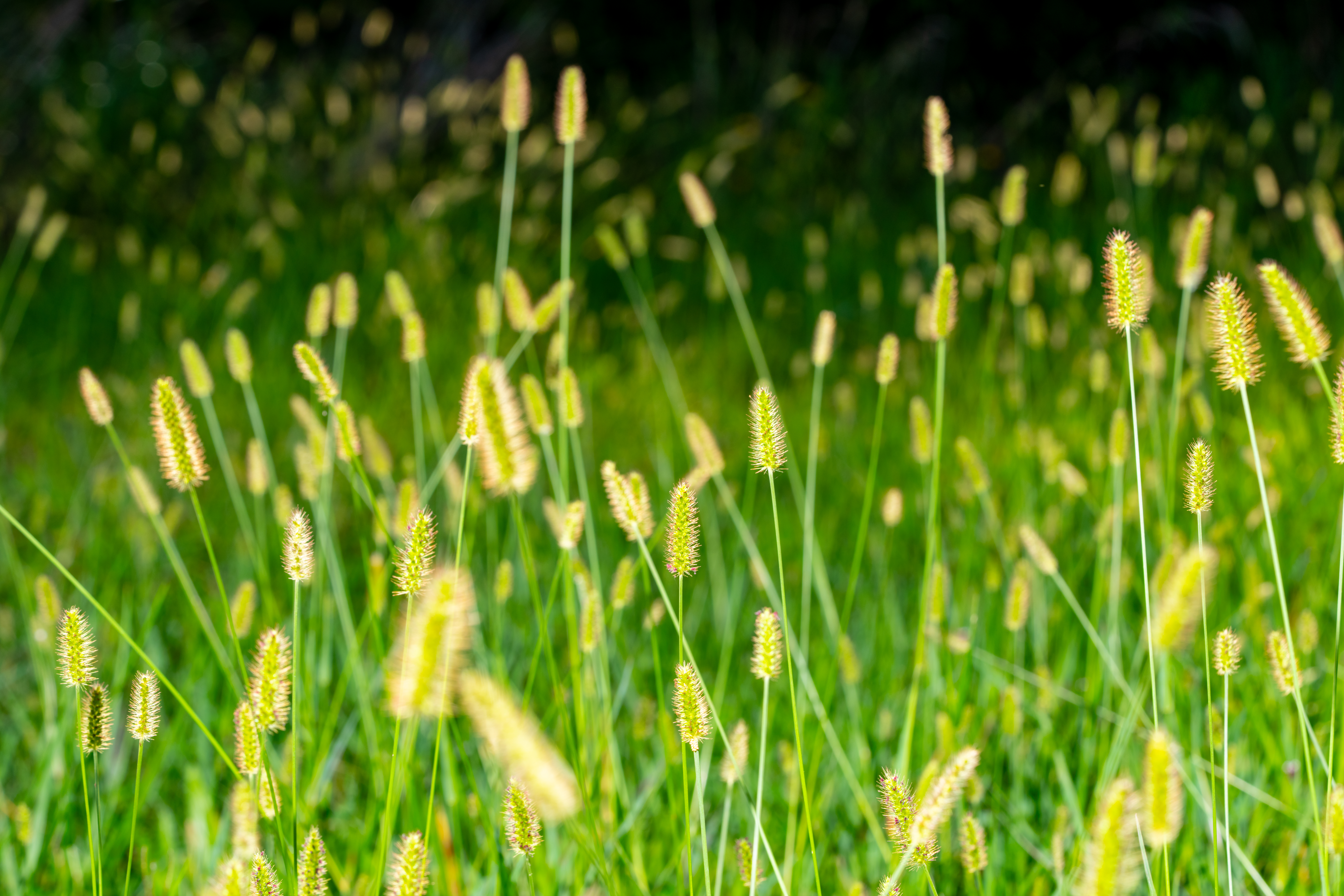Summer Annual Weeds and How to Control Them
As spring turns to summer, annual weeds such as pigweed, lambsquarters, purslane, and spotted spurge sprout. Most are rampant seeders that spread if you don’t control them. Here's how.
Tired of yellow foxtail creeping into your beds and lawn? Here’s how to spot it early and keep this pesky weed from stealing space in your garden.
Yellow foxtail (Setaria pumila) is one of the most common summer grassy weeds in the United States. This aggressive annual grass shows up in both lawns and garden beds, where it competes with desirable plants for sunlight, water, and nutrients. Knowing how to identify and control yellow foxtail weed is the key to keeping it from taking over your landscape.
You know you have it when the short, bladed clumps start producing upright, narrow, cigar-like seed plumes with yellowish bristles in mid-summer. The look must have reminded early observers of fox tails, hence the common name.
Like that other common summer grassy weed, crabgrass, yellow foxtail is an annual weed. It’s one that sprouts from seed in mid-spring to early summer, grows into those bristly-topped clumps from July to September, then dies at season’s end.
Mature seeds drop to the ground, ride it out in the soil over winter, then sprout the following year to begin a new cycle. One saving grace is that foxtail seeds are short-lived. Most survive in the soil only about two years.
Yellow foxtail is native to Europe and Asia but has spread over the centuries throughout most of the world.
It’s a sun-loving plant most often found growing in sunny meadows, along roadsides, in thin or untended lawns, and in sunny garden beds. It’ll grow in damp or dry sites.

Foxtails from left to right: yellow foxtail (Setaria pumila), green foxtail (Setaria viridis), and giant foxtail (Setaria faberi)
Yellow foxtail is closely related to giant foxtail (Setaria faberi) and green foxtail (Setaria viridis), but it is the most widespread species. Giant foxtail (Setaria faberi), with its nodding, gold-purple plumes, is particularly troublesome in corn fields. Green foxtail (Setaria viridis), has green to purplish plume that are straight to slightly nodding . It's most common in the Midwest. Although its plumes are smaller, yellow foxtail produces larger seeds with more bristles.

Yellow foxtail is a coarse-textured grassy weed with upright, narrow seed plumes with yellowish bristles in mid-summer.
Because yellow foxtail weed is an annual that depends on seeds, prevention focuses on stopping seed germination.
By combining prevention, timely removal, and targeted products, you can successfully control yellow foxtail weed and keep your lawn and garden healthy all season.